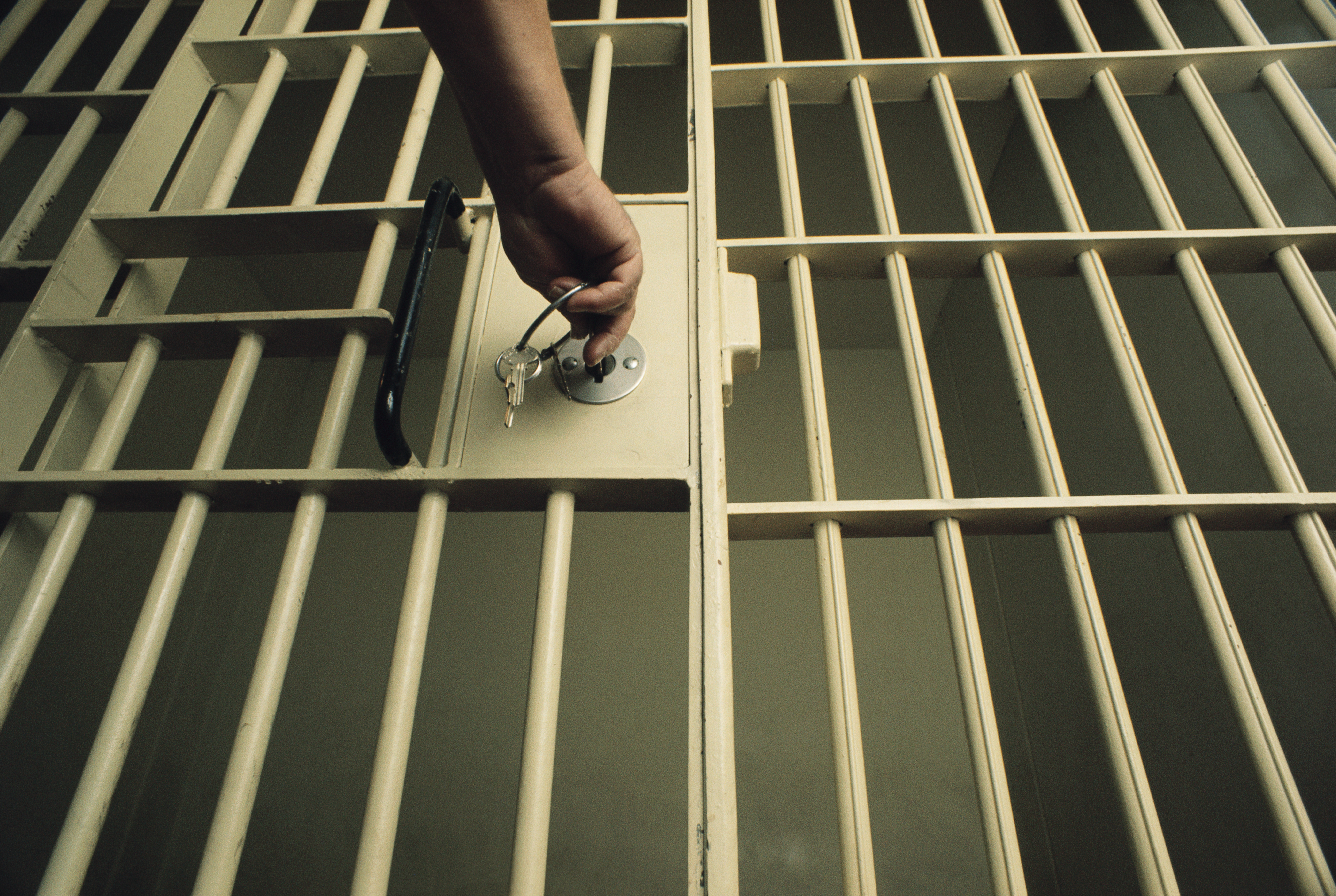A week after Dzhokar Tsarnaev allegedly detonated a homemade bomb near the finish line of the Boston Marathon, federal prosecutors charged the teen with using and conspiring to use a weapon of mass destruction and maliciously damaging and destroying property, resulting in death.
The first charge resurrects a term that stirred fears a decade ago about nuclear-armed regimes and the prospect of the world’s deadliest weapons falling into the hands of terrorists.
In President George W. Bush’s famous “weapons of mass destruction” speech, which laid out the rationale for U.S. military intervention in Iraq, he warned that without action, enemies of the United States could one day get their hands on chemical, biological or even nuclear weapons, killing “thousands or hundreds of thousands of innocent people.”
The Tsarnaev brothers are accused of killing three people and injuring more than 260 others on April 15 with a pair of improvised explosive devices: pressure cookers packed with low-grade explosives, metallic BBs and nails.
To the many who took to Twitter to complain or publicly scratch their heads, the weapon of mass destruction charge appeared incongruous with the details of the Boston attack.
Some questioned why assault rifles used in deadlier mass shootings were not considered weapons of mass destruction while others objected to the idea of improvised explosive devices being placed in the same category as nuclear warheads. “So Iraq was invaded because of pressure cookers?” one person tweeted.
"The weapons of mass destruction charge may sound odd, but the definition of weapon of mass destruction will not be a problem," William C. Snyder, a visiting professor at Syracuse University's College of Law wrote in an email.
While the Defense Department limits its definition of WMDs to chemical, biological, radiological and nuclear weapons capable of causing mass casualties, the Justice Department uses a much broader interpretation. An amendment to the federal criminal code in 1994 gave prosecutors much more flexibility in their use of the WMD statute, which added bombs, mines, grenades, even certain guns to its list of qualifying "destructive devices."
Snyder points out that prosecutors may have trouble meeting the statute's jurisdictional requirement, which requires proof that the crime impacted interstate or foreign commerce, but doesn't anticipate any problem arising from their classification of pressure cooker bombs as WMDs.
Since the Federal Death Penalty Act was passed in 1994, tacking a long list of items to the WMD definition, prosecutors have classified everything from pipe bombs to RPGs as weapons of mass destruction. Shoe bomber Richard Reid, who unsuccessfully attempted to down a plane with explosives hidden in his shoe, was sentenced to life in prison in 2003 on eight charges including attempted use of a weapon of mass destruction.
The same WMD designation was assigned recently to U.S. Army veteran Eric Harroun, who boasted online about joining Syrian rebels in their fight to depose Bashar al-Assad. The government's criminal complaint accused him of fighting alongside a U.S.-designated terror group and conspiring to use a weapon of mass destruction—a rocket propelled grenade—outside of the U.S. That charge brought the legal definition of WMDs into the spotlight last month and prompted articles with headlines such as, "Let's All Stop Saying 'Weapons of Mass Destruction' Forever."
Stephen Vladeck, a professor at American University's Washington College of Law says that while the WMD statute may be "inaptly named," it clearly incorporates both RPGs and the sort of bomb the Boston suspects are accused of detonating.
U.S. & World
"This statute has been historically designated for bombings," he said. "For better or for worse, there is no general bombing statute."
Indeed, analysts predicting charges against Tsarnaev in the days and hours before they were announced invaribly placed the WMD charge at the top of their lists. Former FBI agent Donald Borelli casually mentioned the term "weapon of mass destruction" to describe the marathon bombs in an interview with MSNBC last Wednesday, causing host Chris Hayes to pause. "Weapon of mass destruction? Is that specifically the term we're using for this pressure cooker bomb?" he interjected.
"Well, you can use it under the WMD statute," Borelli replied. "A bomb like that can be considered a WMD. So there's your terrorism charge."
In his quest to define the confusing term, W. Seth Carus, deputy director of the Center for the Study of Weapons of Mass Destruction encountered more than 50 definitions for WMDs issued by federal or international organizations. In a report he wrote on the matter, he criticized the 1994 law, which he said, turns "the original meaning of WMD on its head." That law, he points out, inspired 21 states and the District of Columbia to adopt their own varying WMD definitions.
He argued for the return to the original definition developed by the UN in the 1940s, which included only the deadliest weapons, like atomic bombs and radioactive weapons, in its characterization of WMDs.
But Carus' outlook was not optimistic. "It is unlikely that the U.S. Congress or the law enforcement and defense communities will follow such a path," the report concluded.



